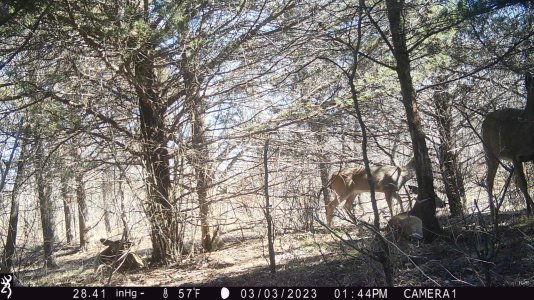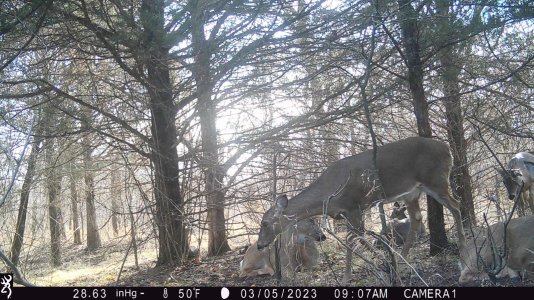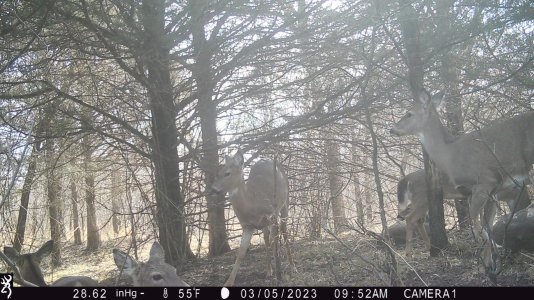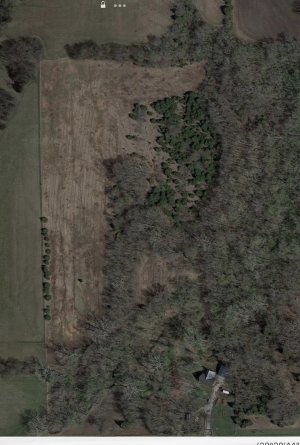EarthySpirit
5 year old buck +
I have about 2 acres of a field which is just starting to show 1 year old cedars spread throughout (Junipers). I live in Central KY. I want this field allocated for bedding for deer. Question is, should I just let the cedars come in and leave it alone for a few years until they get so tall they no longer provide cover/browse, or is my best bet to eradicate them now, and turn the field to early succession with burning/spraying. And I should also add that right now it is dominated by fescue. Thanks for any suggestions.






